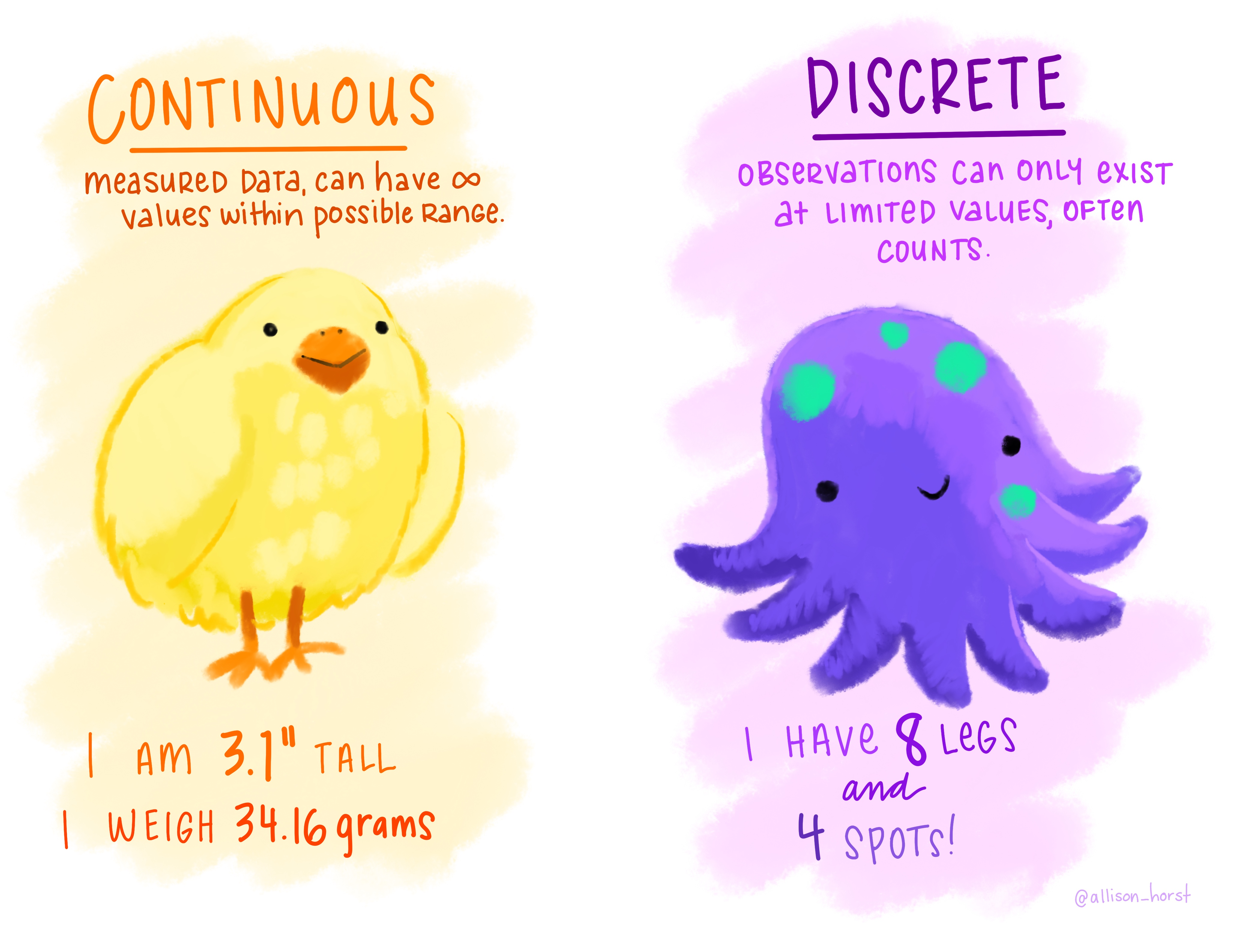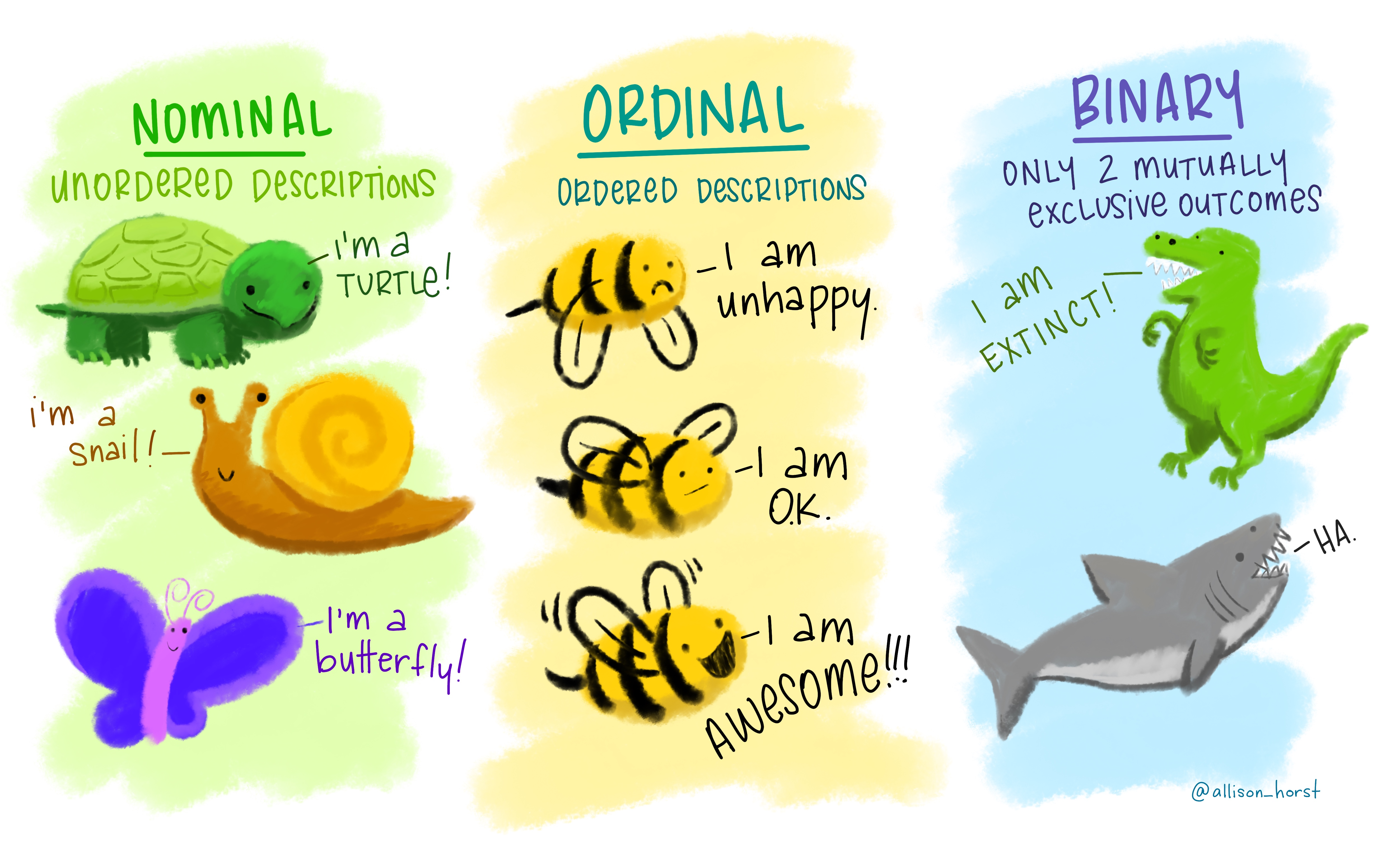01-intro-to-r
2023-10-03
Introduction to R
[ad] Computing Paths

[ad] The Basement

[ad] CALPIRG
APPLY NOW: Protect the environment and make social change
CALPIRG Students is a student organization here that works to protect the environment, make college more affordable, and promote civic engagement. Last Fall we helped nearly 10,000 students register to vote in California and got the UCs to release new policy to phase out single-use plastics to protect our oceans! SIGN UP TO HELP NOW
Now, we are working to tackle the biggest problem facing our generation - climate change. Coming off another record-setting summer of hot temperatures, it’s clear we need to take strong, swift action to reduce the impacts of climate change. That’s why we are building support from students across the state to call for 100% clean energy UC-wide - for cars, buses, buildings, lights, and more! Fill out this interest form to learn more!
As a volunteer or intern with CALPIRG you can:
Work with the media and help organize events like a Solar-Powered Concert and climate week of action
Increase voting accessibility and voter turnout in elections
Bring down the cost of textbooks
Protect wildlife like whales and sea otters in the Pacific
And more!
Q&A
Q: How are groups formed for the projects?
A: I form them randomly for the two case studies and students get to choose their own groups for the final project.
Q: I’m curious about what the workload would be like for the case studies.
A: We’ll discuss this when the time comes in detail but for now, students are presented with a lot of the starter code for the case studies. You and your group mates have to get teh code running, add explanations, and “extend” the case study, meaning add something meaningful onto what was presented.
Q: Will this course go into advanced topics in tidyverse?
A: We will certainly go beyond the basic dplyr verbs and cover multiple packages in the tidyverse, but we won’t be able to cover everything.
Q: Would it be possible to have access to the third Case Study just to work on our own time?
A: Yup! I’ll you all in the direction of OpenCaseStudies, which is a resource I’ll be using for 1 of the 2 case studies this quarter, and that we used for all case studies previously.
Q: How many homework assignments are there? Some slides said 3, some said 4.
A: Apologies. There are 3. (There were previously 4 but I removed one. Slides have been updated.)
Q: Could we just sit in for lectures? Can I keep watching lectures?
A: Yup - this would be fine, so long as everyone enrolled had a seat. And, the podcasts are open to anyone!
Q: If we decide to do our projects and homework locally, how can we download/install the packages necessary for it?
A: This is covered in your first lab!
Q: I’m generally curious on how the language R is used in real world settings after college. What are its specific uses and what are the better ways to learn the language to maximize its utility. Also, how does this language differ from python in the data science realm.
A: Great question that we’ll cover throughout the course. However, breifly here, R is most heavily used by individuals who do more statistics, who work in biology, psychology or economics, and/or who analyze data regularly.
Q: What is the advantage of using R over other programming languages to do data science tasks? How much is R used for data science in the real world?
A: Within the tidyverse and in RStudio, the advantage is the cohesiveness of the tools - once you gain familiarity you can often intuit how to use another tool in the tidyverse. R is used for data science across tons of companies; however, across industries. its use is not as widespread as Python.
Course Announcements
Due Dates:
- Student survey “due” today 11:59 PM
- Lab 01 due Friday (11:59 PM)
- Lecture Participation survey “due” after class
Waitlist (Non)Update: Staff are seeing what options there are. A few people got an email from Kasey Chiang (k4chiang@ucsd.edu) to drop and then enroll. This is legitimate. Follow those instructions.
Agenda
- Variables
- Operators
- Data in R
- RMarkdown
Variables & Assignment
Variables & Assignment
Variables are how we store information so that we can access it later.
Variables are created and stored using the assignment operator <-
The above stores the value 3 in the variable first_variable
Note: Other programming languages use = for assignment. R also uses that for assignment, but it is more typical to see <- in R code, so we’ll stick with that.
Variable Type
- Every variable you create in R will be of a specific type.
- The type of the variable is determined dynamically on assignment.
Basic Variable Types
| Variable Type | Explanation | Example |
|---|---|---|
| character | stores a string | "cogs137", "hi!" |
| numeric | stores whole numbers and decimals | 9, 9.29 |
| integer | specifies integer | 9L (the L specifies this is an integer) |
| logical | Booleans | TRUE, FALSE |
| list | store multiple elements | list(7, "a", TRUE) |
Note: There are many more. We’ll get to some but not all in this course.
logical & character
logical - Boolean values TRUE and FALSE
numeric: double & integer
double - floating point numerical values (default numerical type)
lists
So far, every variable has been an atomic vector, meaning it only stores a single piece of information.
Your Turn
Define variables of each of the following types: character, numeric, integer, logical, list
Functions
class()(andView()&median()) were our first functions…but we’ll show a few more.
- Functions are (most often) verbs, followed by what they will be applied to in parentheses.
Functions are:
- available from base R
- available from packages you import
- defined by you
We’ll start by getting comfortable with available functions, but in a few days, you’ll learn how to write your own!
Helpful Functions
Coercion
R is a dynamically typed language – it will happily convert between the various types without complaint.
Missing Values
R uses NA to represent missing values in its data structures.
Other Special Values
NaN | Not a number
Inf | Positive infinity
-Inf | Negative infinity
Activity
What is the type of the following vectors? Chat about why they have that type.
c(1, NA+1L, "C")c(1L / 0, NA)c(1:3, 5)c(3L, NaN+1L)c(NA, TRUE)
Operators
Operators
At its simplest, R is a calculator. To carry out mathematical operations, R uses operators.
Arithmetic Operators
| Operator | Description |
|---|---|
+ |
addition |
- |
subtraction |
* |
multiplication |
/ |
division |
^ or ** |
exponentiation |
x %% y |
modulus (x mod y) 9%%2 is 1 |
x %/% y |
integer division 9%/%2 is 4 |
Arithmetic Operators: Examples
Reminder
Output can be stored to a variable
Comparison Operators
These operators return a Boolean.
| Operator | Description |
|---|---|
< |
less than |
<= |
less than or equal to |
> |
greater than |
>= |
greater than or equal to |
== |
exactly equal to |
!= |
not equal to |
Comparison Operators: Examples
Your Turn
Use arithmetic and comparison operators to store the value 30 in the variable var_30 and TRUE in the variable true_var.
R Packages
Packages
- Packages are installed with the
install.packagesfunction and loaded with thelibraryfunction, once per session:
In this course, most packages we’ll use have been installed for you already on datahub, so you will only have to load the package in (using library).
Data “sets”
Data “sets” in R
“set” is in quotation marks because it is not a formal data class
A tidy data “set” can be one of the following types:
tibbledata.frame
We’ll often work with
tibbles:readrpackage (e.g.read_csvfunction) loads data as atibbleby defaulttibbles are part of the tidyverse, so they work well with other packages we are using- they make minimal assumptions about your data, so are less likely to cause hard to track bugs in your code
Data frames
A data frame is the most commonly used data structure in R, they are list of equal length vectors (usually atomic, but can be generic). Each vector is treated as a column and elements of the vectors as rows.
A tibble is a type of data frame that … makes your life (i.e. data analysis) easier.
Most often a data frame will be constructed by reading in from a file, but we can create them from scratch.
Data frames (cont.)
Variable Types
Data stored in columns can include different kinds of information…which would require a different type (class) of variable to be used in R.

R Data Types:
- Continuous: numeric, integer
- Discrete: factors (we haven’t talked about these yet, but will today!)
Variable Types (cont.)
Sometimes data are non-numeric and store words. Even when that is the case, the data can be conveying different information.

R Data Types:
- Nominal: character
- Ordinal: factors
- Binary: logical OR numeric OR factors 😱
Example: Cat lovers
A survey asked respondents their name and number of cats. The instructions said to enter the number of cats as a numerical value.
The Data
The Question
How many respondents have a below average number of cats?
Giving it a first shot…
💡 maybe there is missing data in the number_of_cats column!
Oh why will you still not work??!!
Warning: There was 1 warning in `summarise()`.
ℹ In argument: `mean_cats = mean(number_of_cats, na.rm = TRUE)`.
Caused by warning in `mean.default()`:
! argument is not numeric or logical: returning NA# A tibble: 1 × 1
mean_cats
<dbl>
1 NA💡What is the type of the number_of_cats variable?
Take a breath and look at your data
Let’s take another look
Sometimes you need to babysit your respondents
cat_lovers |>
mutate(number_of_cats = case_when(
name == "Ginger Clark" ~ 2,
name == "Doug Bass" ~ 3,
TRUE ~ as.numeric(number_of_cats))) Warning: There was 1 warning in `mutate()`.
ℹ In argument: `number_of_cats = case_when(...)`.
Caused by warning:
! NAs introduced by coercion# A tibble: 60 × 3
name number_of_cats handedness
<chr> <dbl> <chr>
1 Bernice Warren 0 left
2 Woodrow Stone 0 left
3 Willie Bass 1 left
4 Tyrone Estrada 3 left
5 Alex Daniels 3 left
6 Jane Bates 2 left
7 Latoya Simpson 1 left
8 Darin Woods 1 left
9 Agnes Cobb 0 left
10 Tabitha Grant 0 left
# ℹ 50 more rowsAlways respect (& check!) data types
Now that we know what we’re doing…
… store your data in a variable (here we’re overwriting the old cat_lovers tibble).
Moral of the story
If your data does not behave how you expect it to, type coercion upon reading in the data might be the reason.
Go in and investigate your data, apply the fix, save your data, live happily ever after.
R Markdown
R Markdown: tour
Before we move on…
What is the Bechdel test?
The Bechdel test asks whether a work of fiction features at least two women who talk to each other about something other than a man, and there must be two women named characters.
Concepts introduced:
- Knitting documents
- R Markdown and (some) R syntax
GitHub Setup
See this week’s lab…
Giving the demo a go…
- Navigate to the demo URL (on Canvas)
- Accept the “assignment” (this is NOT graded)
- Clone the repo
- Edit the document
- Knit the document
- Push your changes
Try to play around with this after finishing your lab tomorrow!
Recap
- Always best to think of data as part of a tibble
- This plays nicely with the
tidyverseas well - Rows are observations, columns are variables
- This plays nicely with the
- What are the common variable types in R
- How do I create a variable of each type?
- When would I use each one?
- Do I know how to determine the class/type of a variable?
- Can I explain dynamic typing?
- Can I operate on variables and values using…
- arithmetic operators?
- comparison operators?
- What are dataframes/tibbles? and why are they useful?
- What is the difference between installing and loading a package?
- What are the components of an R Markdown file?
